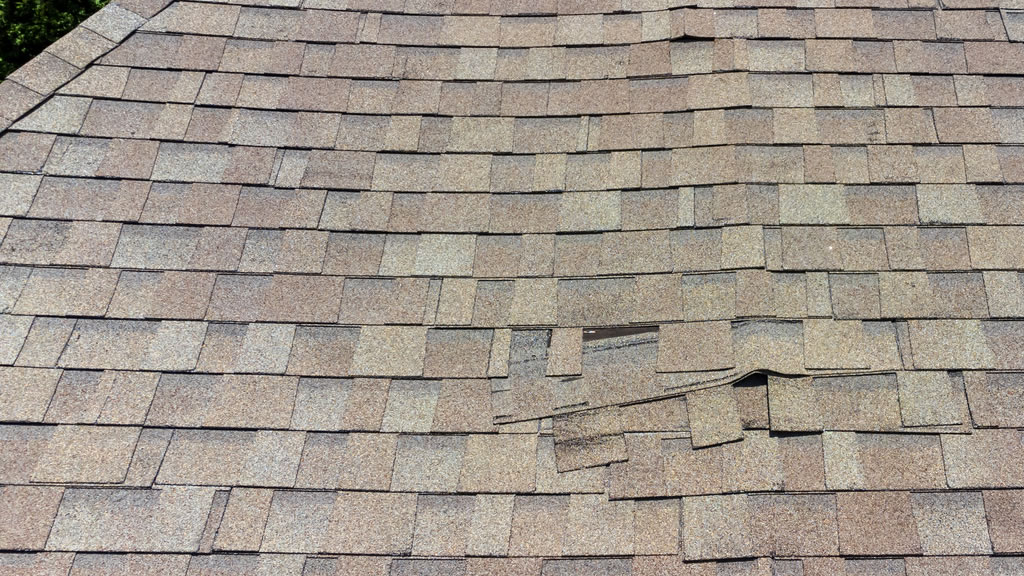If you live in an area prone to severe weather, such as hailstorms, understanding how to spot hail damage on your roof is essential to ensuring your home remains safe and secure. Knowing how to identify the signs of hail damage can help you protect your investment and keep your family safe.
The most obvious sign of hail damage is visible damage to the shingles. On a standard asphalt shingle roof, hail damage will appear as granular loss, cracking, and bruising. Granular loss is when the protective granules on top of an asphalt shingle are knocked off or missing. Cracking is when the shingles have been hit so hard that they’ve split or cracked. Bruising is when the shingles have been dented, creating a visible indentation.
In addition to the visible damage, there are other signs of hail damage that can be spotted from the ground. Look for dents in metal vents, skylights, or flashing. If you have a metal roof, look for spots that appear to have been punctured or have a dimpled appearance.
If you suspect you have hail damage on your roof, it’s important to have it inspected by a professional. A professional roofing contractor can tell you if your roof needs to be replaced or if repairs are possible. Remember, even if you don’t spot any visible damage, hail can still cause significant damage to your roof.
To prevent hail damage, it’s important to make sure your roof is in good condition and that it’s rated for hail. If you live in an area prone to hail, you may want to consider installing impact resistant shingles. These shingles are specifically designed to resist hail and offer additional protection against severe weather.
By understanding how to spot hail damage on your roof, you can help ensure your home remains safe and secure. If you suspect you have hail damage, contact a professional roofing contractor immediately to assess the damage and determine the best repair or replacement solution.

